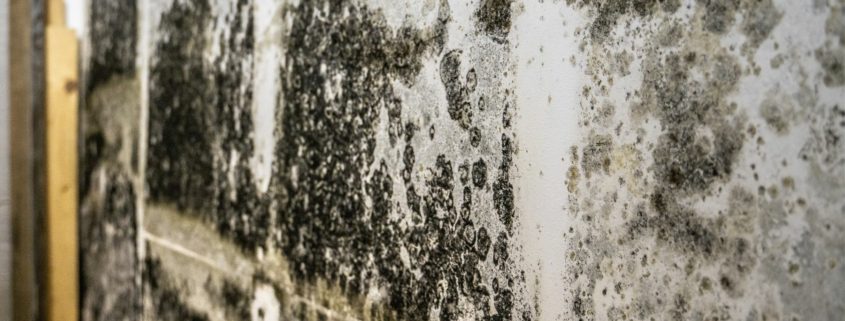Common Signs of Mold in Your Home: What to Look Out For
Mold is not only unsightly but can also pose serious health risks. Identifying mold early can help prevent extensive damage to your home and protect your family’s health. Here are some common signs of mold to watch out for.
1. Musty Odor
One of the first signs of mold is a persistent, musty odor. This smell is often described as damp or earthy and is typically noticeable in areas with poor ventilation, such as basements, bathrooms, and attics.
2. Visible Growth
Mold can appear in various colors, including black, green, white, and orange. It often presents as spots or patches on walls, ceilings, floors, or other surfaces. Pay attention to areas near water sources, such as around sinks, showers, windows, and pipes.
3. Water Damage
Mold thrives in moist environments, so any signs of water damage can indicate a potential mold problem. Look for water stains, discoloration, or bubbling paint on walls and ceilings. Peeling wallpaper or warped wood are also red flags.
4. Allergic Reactions
If you or your family members experience unexplained allergic reactions, it could be due to mold exposure. Symptoms include sneezing, coughing, runny nose, itchy eyes, and skin rashes. Those with asthma or respiratory conditions may experience worsened symptoms.
5. Condensation
Frequent condensation on windows, walls, or pipes can create an ideal environment for mold growth. Excessive indoor humidity often leads to condensation, making it crucial to maintain proper ventilation and humidity levels.
6. Health Issues
Mold exposure can cause various health issues, especially in individuals with weakened immune systems, allergies, or respiratory problems. Watch for symptoms like headaches, fatigue, dizziness, and difficulty breathing, which may indicate mold presence.
7. Unexplained Stains
Keep an eye out for unexplained stains or discoloration on walls, ceilings, or floors. These stains may be mold colonies starting to spread, especially if they appear in damp or humid areas.
8. Previous Flooding
Homes that have experienced flooding are at a higher risk for mold growth. Even if the water has been removed and the area dried, mold spores can remain and proliferate. Regularly inspect areas that have been flooded for any signs of mold.
By being aware of these common signs, you can take proactive steps to address mold issues in your home. Early detection and remediation are key to maintaining a healthy living environment. If you suspect mold, consider consulting a professional for a thorough inspection and proper treatment.




Leave a Reply
Want to join the discussion?Feel free to contribute!